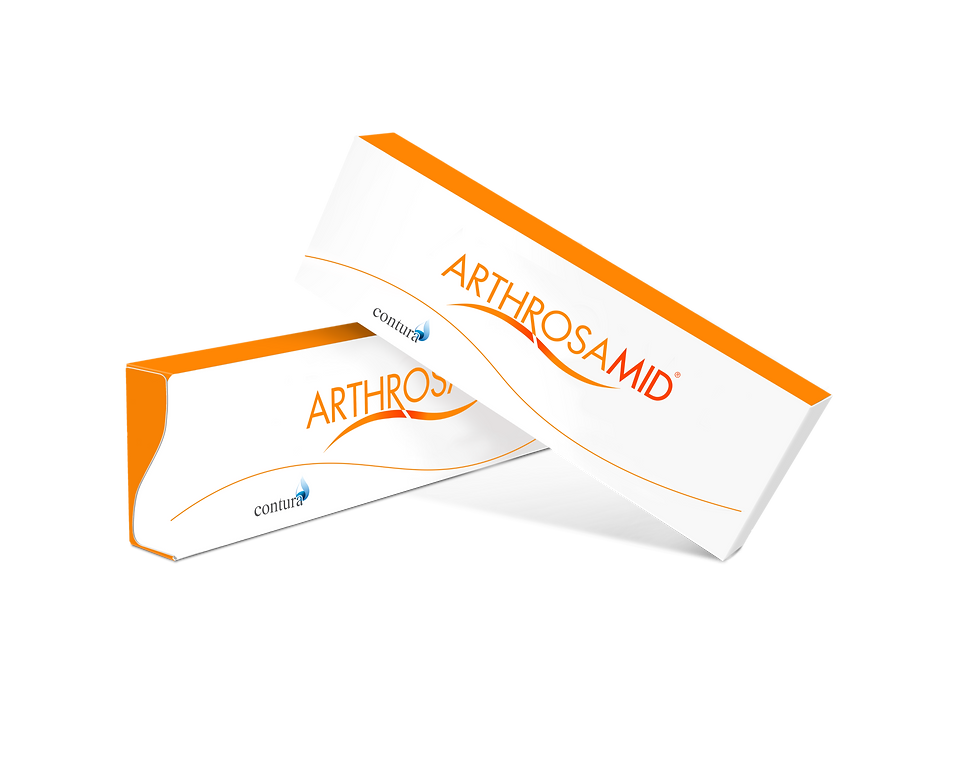Ankle Sprains: When Should You Be Concerned?
- botchey
- Jul 9
- 3 min read
Have you twisted your ankle recently and it’s still not improving weeks later? You’re not alone, and it may be time to take it more seriously.

Maybe you’ve been to A&E, had an X-ray, and were relieved to hear there was no fracture. But beyond being told to “rest and elevate,” you might not have received much guidance on how to return to activity safely.
As a Consultant in Sport and Exercise Medicine, I often see ankle injuries that are undertreated, dismissed as minor issues when, in fact, they can have long-term consequences.
The Problem with “Just a Sprain”
Many ankle sprains heal well, but research shows that over 30% of patients still report chronic pain and dysfunction up to seven years later. That’s a staggering figure for something often brushed off as a nuisance.
A common type of ankle injury is the inversion sprain, where the foot rolls inward, stretching or tearing the lateral ligaments. The anterior talofibular ligament (ATFL) is usually the first to go, followed by the calcaneofibular ligament (CFL). These injuries can also involve cartilage damage or even small fractures, which can lead to persistent pain, swelling, and instability.

Good Rehab Is Key
Initial care should include a combination of rest, physiotherapy, and targeted exercises to restore strength, balance, and proprioception (your body’s awareness of joint position). These exercises train your ankle to respond quickly to movement and help prevent future sprains.
But What If It’s Not Getting Better?
If your ankle continues to swell, ache, or give way months after the injury, something more may be going on.
This could include:
Ligament instability
Tendon overload
Joint irritation (often called “gutter syndrome”)
Early ankle arthritis
A lingering “narky” ankle isn’t just frustrating, it could be a sign of significant internal damage that an X-ray won’t reveal. In such cases, an MRI scan is usually required to fully assess the extent of the injury.
When It’s Not a Typical Sprain: Syndesmosis Injuries
Sometimes the injury isn’t an inversion at all. If you injured your ankle by landing awkwardly, couldn’t bear weight, and have pain high up near the ankle joint, you may have sustained a syndesmosis injury, also known as a high ankle sprain.
The syndesmosis is a band of tissue that holds the tibia and fibula together. When this is disrupted, the stability of the entire ankle is compromised. These injuries are often missed, even by experienced clinicians.
Signs to look for include:
Deep, high ankle pain
Trouble tiptoeing or hopping
Swelling around the upper ankle (like a doughnut)
Limited range of motion in flexion or extension
If this sounds familiar, stop weight-bearing immediately, use crutches, and seek a specialist assessment. X-rays alone are unlikely to pick it up, MRI is the gold standard.
Treatment Options
Treatment depends on the severity and which part of the syndesmosis is injured. Some cases can be managed conservatively with a walking boot and rehab, while others may require surgical repair.
Time is critical, delays in diagnosis can lead to prolonged dysfunction and even long-term joint damage.
If your ankle’s not improving, don’t ignore it. A thorough assessment can help you get back to doing what you love, safely.
Book a consultation: Pa@drbotchey.com


